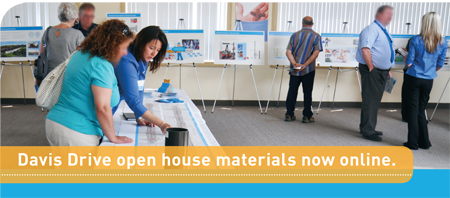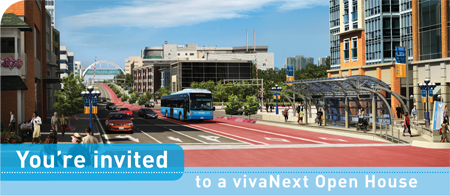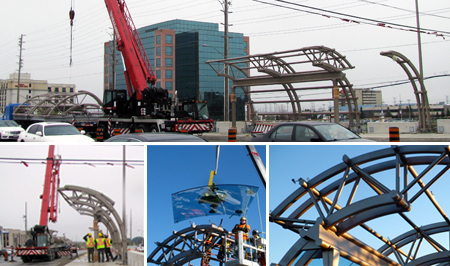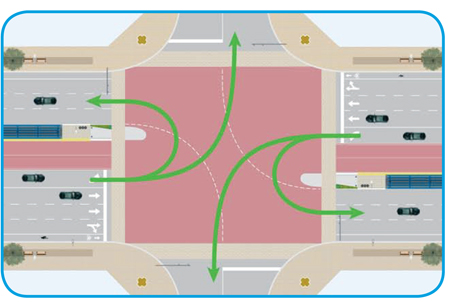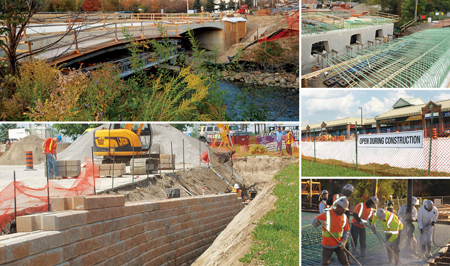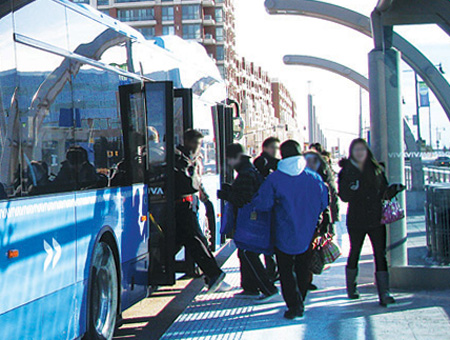VivaNext is of course a project to bring rapid transit to York Region. But our goals are much broader than simply expanding transit (as important as that is for us): our long-term vision is to help York Region, as it grows, to transform beautifully from its suburban past, into its urbanized future.
When I think about the most livable cities of the world, including here in North America as well as in Europe, one feature that makes them distinctive is the way major streets are designed for everyone, and not just for cars.
This approach is captured by the urban design concept known as “the complete street.” That’s the long-standing philosophy behind European urban design, but it is also becoming very influential in North American urban design. The complete street reflects a belief that streets should anticipate and accommodate the needs of all users – pedestrians, transportation users, cyclists and drivers. It means that streetscapes should be designed to provide a welcoming, functional and safe environment for everyone, no matter how they want to get from A to B.
The complete street concept is consistent with York Region’s vision for its urbanized future, especially along its major corridors and emerging urban centres. So the vivaNext streetscape design principles reflect similar values and priorities.
As our work progresses along the Highway 7 rapidway, it’s becoming easier to see how these design principles are going to transform the look and function of the street and its boulevards, for all users.
To begin with, our streetscape design emphasizes the importance of having an attractive public realm, to encourage people to want to spend time in these newly developed public spaces. By offering wide boulevards, with their attractive paving, good lighting, shade trees, amenities such as comfortable benches and generously planted landscaped areas, pedestrians will know that they are truly welcome.
With York Region’s predicted growth, there will be many more people living, working and commuting all along our major corridors, meaning many more pedestrians will be using the sidewalks and intersections. So our streetscape is designed to make everyone truly feel safe and comfortable – after all, Highway 7 and York Region’s other major corridors will continue to be very busy thoroughfares for other vehicles, even once our rapid transit system is up and running. Pedestrians will feel buffered from adjacent traffic by the wide planters placed between the sidewalk and curb. They will have protected places to wait at intersections, and in the median where there are two-stage crossings. All sidewalks and vivastations will be completely accessible. And cyclists will have safe places to ride, and convenient racks to lock up their bikes.
By creating a complete street, our new streetscapes will be walkable, accessible and welcoming for all, no matter how you prefer to get around York Region.



